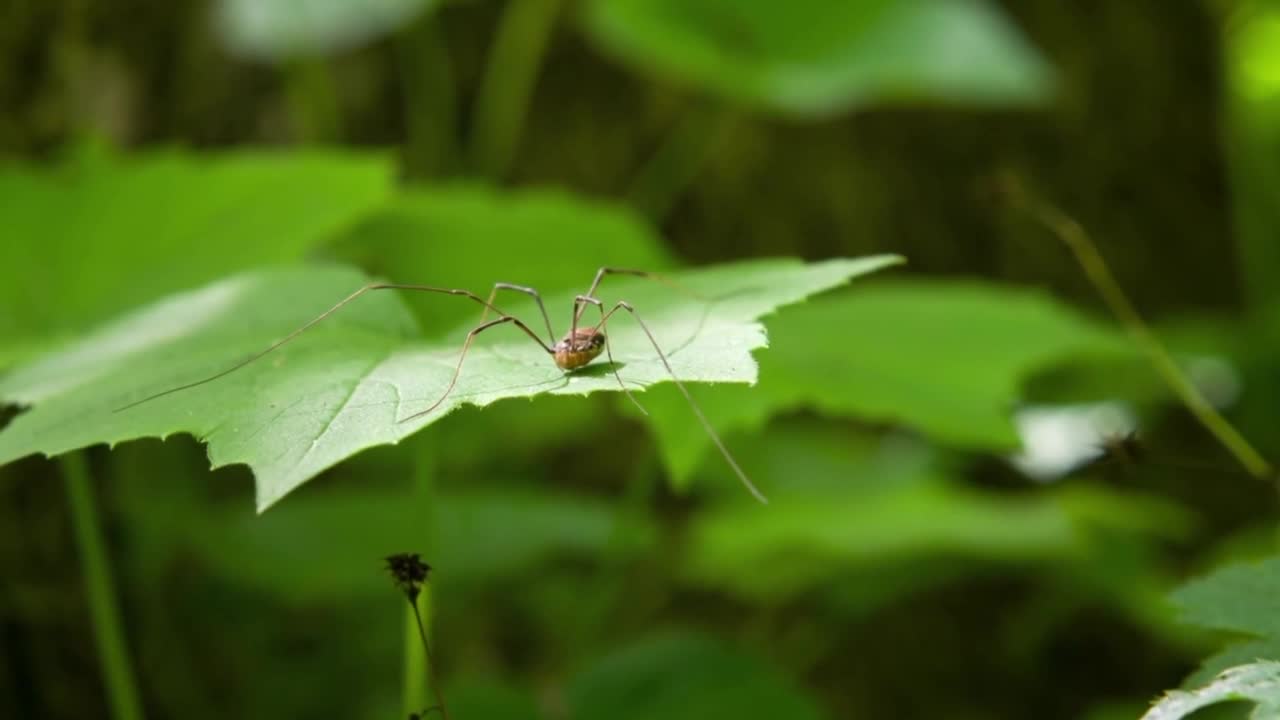MISSOULA - The tale of daddy long-legs in popular culture having venom with the highest mammalian potency of all spiders is a stark example of a disconnect in scientific understanding.
We take a look at why daddy long-legs aren’t the most venomous spider in the world.
You may have heard this before, “daddy-longlegs are one of the most venomous spiders, but their fangs are too short to bite people." But it is not true, so let’s set some things straight.
When people run into the creepy crawlies, the name daddy long-legs is used but this name can refer to at least three different animals.
The name daddy long-legs came about because of their small oval body and long legs, however, it’s still a great mystery where the “daddy" part of the nickname came from. To this day no one is quite sure where it all started.
The creature most correctly called daddy long-legs are harvestmen. These are not “true spiders” and have only one basic body segment with all eight legs attached, and at most two eyes. They can be found in damp areas under rocks and logs. They don’t make silk, so you’d never see one in a web — unless a different spider was eating them. Since they are typically found under rocks and such, most people actually don’t see them.
Another critter often called daddy long-legs is a true spider referred to as cellar spiders in the family Pholcidae. This is a true spider with two body segments, and eight eyes, and makes webs with silk. This is most likely the animal you call daddy long-legs when you see them. Since they are most commonly found in cellars, hence their name.
There are also crane flies which is another creature that shares the well-used daddy long-legs name. These are insects in the family Tipulidae. They look like large mosquitoes but can't actually bite you because they lack a mouth. The stage you see crawling and flying around is their adult stage of life which only lasts a few days.
Now that we know what animals' daddy long-legs could be referring to, let's go back to their venom.
Without a mouth, crane flies are definitely out of the picture. For harvestmen these arachnids don’t have venom glands, fangs or any other ability to chemically vanquish their prey. Some harvestmen are poisonous though.
A general rule of thumb for whether something is poisonous or venomous is that if it bites you, it’s venomous and if you bite it, it’s poisonous. Essentially meaning venom works by being injected while poison works either by being ingested or through topical contact.
The poison from harvestmen essentially tastes and smells bad to ward off predators.
Finally, there are cellar spiders. They have fangs and they have venom. But there is no reference to any cellar spider biting a person and causing any detrimental reaction.
So, what about their fangs being too short? It is true they have short fangs. The infamous brown recluse spider has similar-sized fangs and their bite can cause a severe abrasion by destroying skin called necrosis. Which means you'd likely be going to the doctor if a brown recluse bit you. With a brown recluse having the ability to bite people this means cellar spiders can as well, but cellar spider are harmless. A study published in the Frontiers in Ecology and Evolution in 2019 found that they can bite, but the result is typically a mild sting with no long-lasting effects. So, the myth of them being super dangerous is just that — a myth.




